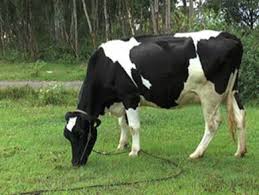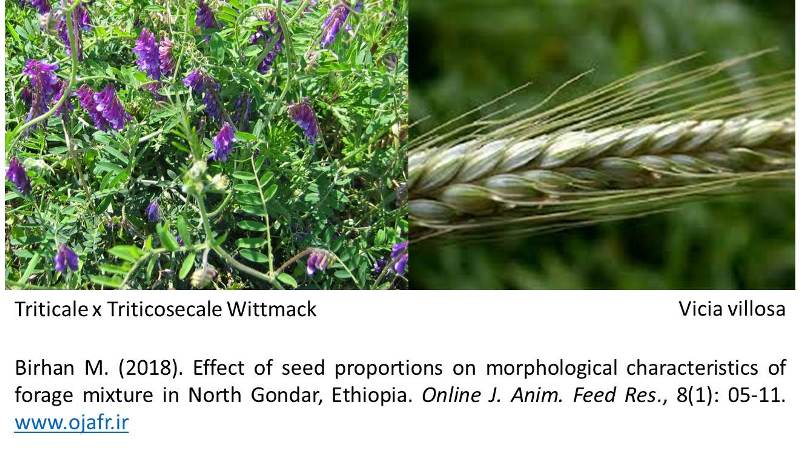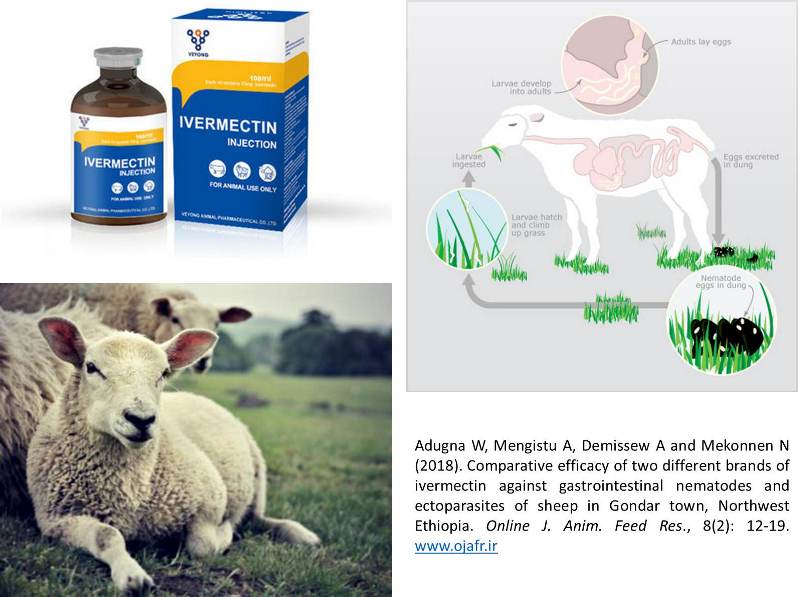Previous issue | Next issue | Archive
Volume 8 (1); January 25, 2018 [Booklet]
Prevalence of black quarter (BQ) disease in private dairy farm in Hyderabad, Sindh province of Pakistan.
Yousaf A, Rais M-ul-N, Mushtaq A, Jamil T.
Online J. Anim. Feed Res., 8(1): 01-04, 201; pii: S222877011800001-8
Abstract
A sporadic incident of Clostridial disease that affected Holstein Friesian (HF) cross bred cows (n=8) at an organized dairy farm was investigated. Detailed clinical investigations and treatment were carried out on all the affected animals. Complete blood count (CBC) and plasma biochemistry were performed on survived animals (n=6). The needle biopsy samples were subjected to culture and identification of the organism by Gram staining. Two cows were died before instituting the treatment in this clinical incident. The carcasses were seen with typicalbloated appearance immediately after death, laying one side with affected leg stuck out. Postmortem of the carcasses were not been carried out. Pertinent findings of the CBC were a relative neutrophilia whilst a normal total leucocyte count and lowered Hb. Plasma biochemical parameters revealed significant increase in the mean activity of a separate amino transferase while alanine amino transferase levels were within limits. Gram's staining of the inoculated culture revealed the presence of small gram positive rods with sub terminal spores. Clinical treatment of the cases was performed with administration of heavy dose of crystalline penicillin and non-steroidal anti-inflammatory drugs (NSAIDS). Clinical recoveries of the cases were good and cessation of spread within the herd confining itself as a sporadic clinical incident. Sporadic Clostridiosis (BQ) of eight cross bred dairy cows was dealt in the present case study by including the details of its alterations in hematological parameters, Plasma biochemical parameters, observation of characteristic clinical signs of the disease and employment of empirical treatment with Penicillin.
Keywords: Black Quarter, Clostridium, Clostridium chauvoei, Dairy, HF Crossbred Dairy Cattle, Sporadic Clostridiosis
[Full text-PDF] [XML]
Effect of seed proportions on morphological characteristics of forage mixture in North Gondar, Ethiopia. Online J. Anim. Feed Res., 8(1): 05-11. www.ojafr.ir
Birhan M.
Online J. Anim. Feed Res., 8(1): 05-11, 2018; pii: S222877011800002-8
Abstract
The experiment was carried out on forage mixture triticale (X Triticosecale wittmack) and vetch (Vicia vilosa R.) under rain fed condition of Dembya district. Forage mixture grown under different seeding rates during 2016 cropping season in the study area. The objectives of the research were; to evaluate the optimum seeding rates for maximum forage biomass yield of the mixture and to assess the morphological and phenological efficiency of forage biomass yield in the mixture. The experimental design employed during the research was a randomized complete block design (RCBD) with five treatments and replicated five times with the total of 25 treatments/plots. The forage treatment include with five different proportions of seeding rates (SP) in the ratio of (triticale /vetch) 100:0 (SP1), 75:25 (SP2) 50:50 (SP3) 25:75 (SP4) and 0:100 (SP5) and the plot size was 2m x 5m width and length. Data was subjected to analysis as variance using MSTATC statistical procedure for morphological characteristics of forage yield and quality parameters. Higher forage DMY of the mixture (11.85t/ha) was observed at SP3. The research depicted that, SP3 for triticale was found to have highly significant at (P < 0.01) in leaf area, leaf length and leaf to stem ratio than any other SPs in the forage mixture. With all these findings the experiment result of this study was found the combination of SP3 could be considered as the best association of triticale/vetch for better forage mixture as it resulted in highest, leaf area, leaf length and leaf to stem ratio and better DMY would be a benefit for forage biomass production in the mixture.
Keywords: Effect, Seed Proportions, Morphology, Mixture, Ethiopia
[Full text-PDF] [XML]
Comparative efficacy of two different brands of ivermectin against gastrointestinal nematodes and ectoparasites of sheep in Gondar town, Northwest Ethiopia.
Adugna W, Mengistu A, Demissew A and Mekonnen N.
Online J. Anim. Feed Res., 8(1): 12-19, 2018; pii: S222877011800003-8
Abstract
Gastrointestinal nematodes and ectoparasites are endemic in Ethiopia. Giving appropriate treatment for these infestations will reduce the damage that could occur from them. The current experimental study aimed to see the efficacy of two Ivermectin formulations for the purpose of this parasite in Gondar town. For the study 58 local sheep aged from 6 months to 2 years from small holder farmers were selected and randomly allocated as two treatment and one control groups. Ivermectin bolus and injection formulations were used for this efficacy assessment. For assessment of efficacy against gastrointestinal nematodes, 45 sheep were used and divided into three groups; for ectoparasite evaluation, 13 sheep were involved. Feces from each sheep were taken before and after each drug administration and egg per gram of feces were determined and larval cultures were done on day zero before treatment and on day 14 post-treatment. Ivermectin efficacy was investigated by the Fecal Egg Count Reduction Test (FECRT). Ivermectin injection and bolus were reduced FEC by 95.06% (95%CI: 87.8, 98.5%) and 98.8% (95%CI: 90.3, 100%), respectively. The therapeutic efficacies of both ivermectin formulations against ticks and lice infestations were 100% after 7 days of treatment and remained effective up to 28th days of post treatment. To the contrary, these parasites were increased gradually on 7th, 14th, 21st and 28th days of post treatment in the control group. Coproculture revealed four GIN genera which were Haemonchus, Trichostrongylus, Oesophagostomum and Trichuris. The identified genera of ticks and louse were Bophilus and Linognathus, respectively. The bolus form of ivermectin showed better efficacy against nematodes than the injectable and ectoparasites were cleared totally by the drug. Detailed studies are suggested to verify the efficacy of the formulations and searching optional drugs for those developing resistance.
Keywords: Ectoparasite, Efficacy, Gastrointestinal nematode, Ivermectin
[Full text-PDF] [XML]
Previous issue | Next issue | Archive
This work is licensed under a Creative Commons Attribution-NonCommercial 4.0 International License.
| < Prev | Next > |
|---|






